With any project, there are limitations and risks that need to be addressed to ensure success. The three primary constraints that project managers should be familiar with are time, scope, and cost. These are frequently referred to as the triple constraints or the project management triangle.
However, modern project management also considers three additional project constraints: quality, risk, and resources. Together, these six constraints provide a framework for achieving project success.
In this article, we’ll take a close look at these project constraints and show how interconnected they are. If you’re looking for a tool that can help you manage project risks and tasks in one place, start your journey with Wrike today.

What are project constraints vs. risks?
Project risks are unknown events or uncertainties that could positively or negatively impact a project’s progress and outcome. They often present challenges that need to be mitigated, like a key team member falling ill and taking unexpected leave.
Meanwhile, project constraints are the known factors that can limit or shape how a project is planned, executed, and completed. They dictate what is possible within the project scope, influencing decisions, priorities, and outcomes.
Think of it this way: Constraints are factors that already exist, while risks are things that may happen.
Now, let’s explore the three constraints of project management and the additional project constraints mentioned earlier to fully understand how they influence overall project delivery.
The triple constraints of project management
What makes or breaks a project’s success? It often comes down to three primary project management constraints: time, scope, and cost. Let’s take a closer look at how each one plays a role.
Time constraint
The time constraint refers to the project’s schedule for completion, including the deadlines for each phase of the project, as well as the date for rollout of the final deliverable.
When it comes to time constraints, proper scheduling is essential. According to the Project Management Body of Knowledge (PMBOK), the following steps should be taken for effective time management:
- Planning: This includes defining the main goal(s) of the project team, how the team intends to achieve the goal(s), and the equipment and/or steps that will be taken to do so.
- Scheduling: The project management team must plot out the realistic time frame to complete each phase of the project.
- Monitoring: This step occurs once the project is underway and requires the project team to analyze how the past stages of the project performed, noting trends and impacts on future plans, and communicating these findings to all relevant stakeholders.
- Control: In the control step, the team must, upon communicating the results of each phase of the project, move forward accordingly. That means if things are running smoothly, the team must analyze the factors contributing to that positive outcome so that it can be continued and replicated. If there has been a derailment, the team must know how and why the derailment occurred and correct it for future actions.
A Gantt chart can help to visualize the project timeline and whether it is tracking to the proper constraints.
Scope constraint
The scope of a project defines its specific goals, deliverables, features, and functions, in addition to the tasks required to complete the project.
Defined upfront, the scope of the project should be clearly and regularly communicated to all stakeholders to ensure that ‘’scope creep’’ — the term used when changes are made to the scope mid-project, without the same levels of control — is avoided. To keep the scope in check, you can:
- Provide clear documentation of the full project scope at the beginning of the project, including all requirements
- Set up a process for managing any changes so, if someone proposes a change, there is a controlled system in place for how that change will be reviewed, approved or rejected, and implemented if applicable
- Communicate the scope clearly and frequently with stakeholders
Cost constraint
The cost of the project, often dubbed the project’s budget, comprises all of the financial resources needed to complete the project on time, in its predetermined scope.
Keep in mind that cost does not just mean money for materials — it encompasses costs for labor, vendors, permits, quality control, and the financial impact of team members working on the project.
A project’s budget includes both fixed and variable costs. There are a few ways to estimate the cost of a project, including:
- Historical data: Looking at what similar projects cost in the recent past
- Resources: Estimating the rate of cost for goods and labor
- Parametric: Comparing historical data with updated, relevant variables
- Vendor bid: Averaging the total charge of several solid vendor bids
Remember: Effective cost control is paramount to the success of the project.
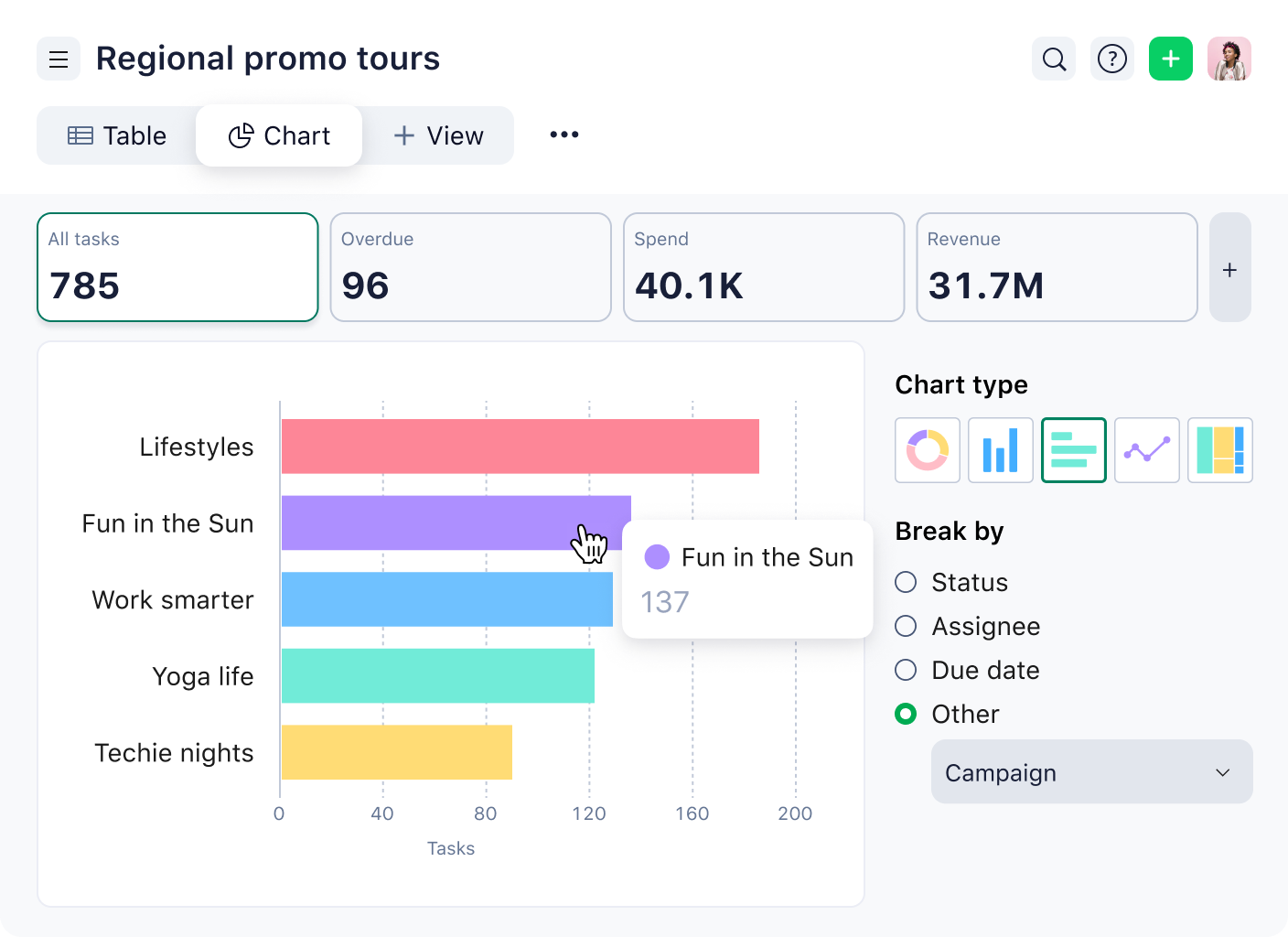

Additional project constraints to consider
Beyond time, scope, and cost constraints, successful project management also relies on additional constraints like risk, quality, and resource availability. Let’s explore each one in more detail:
Quality constraint
Sometimes, we neglect quality in our efforts to get things done on time and within budget. The quality constraint prioritizes meeting the required standards and specifications of the deliverables set during project planning. It ensures that the end product or service is of premium quality, satisfying stakeholder expectations.
Key activities include:
- Establish clear quality goals at the start
- Conduct regular quality inspections
- Track key quality metrics
- Gather and act on user feedback
- Address defects quickly
Risk constraint
There are always uncertainties in life, and project management is no different. The risk constraint identifies, analyzes, and manages potential risks that could disrupt your project progress. That’s why risk management is so important — it helps you mitigate these threats, as well as capitalize on any opportunities.
Here are some examples of a typical project risk:
- Budget overrun
- Missed deadlines
- Resource shortages
- Technology failures
- Regulatory issues
- Stakeholder conflicts
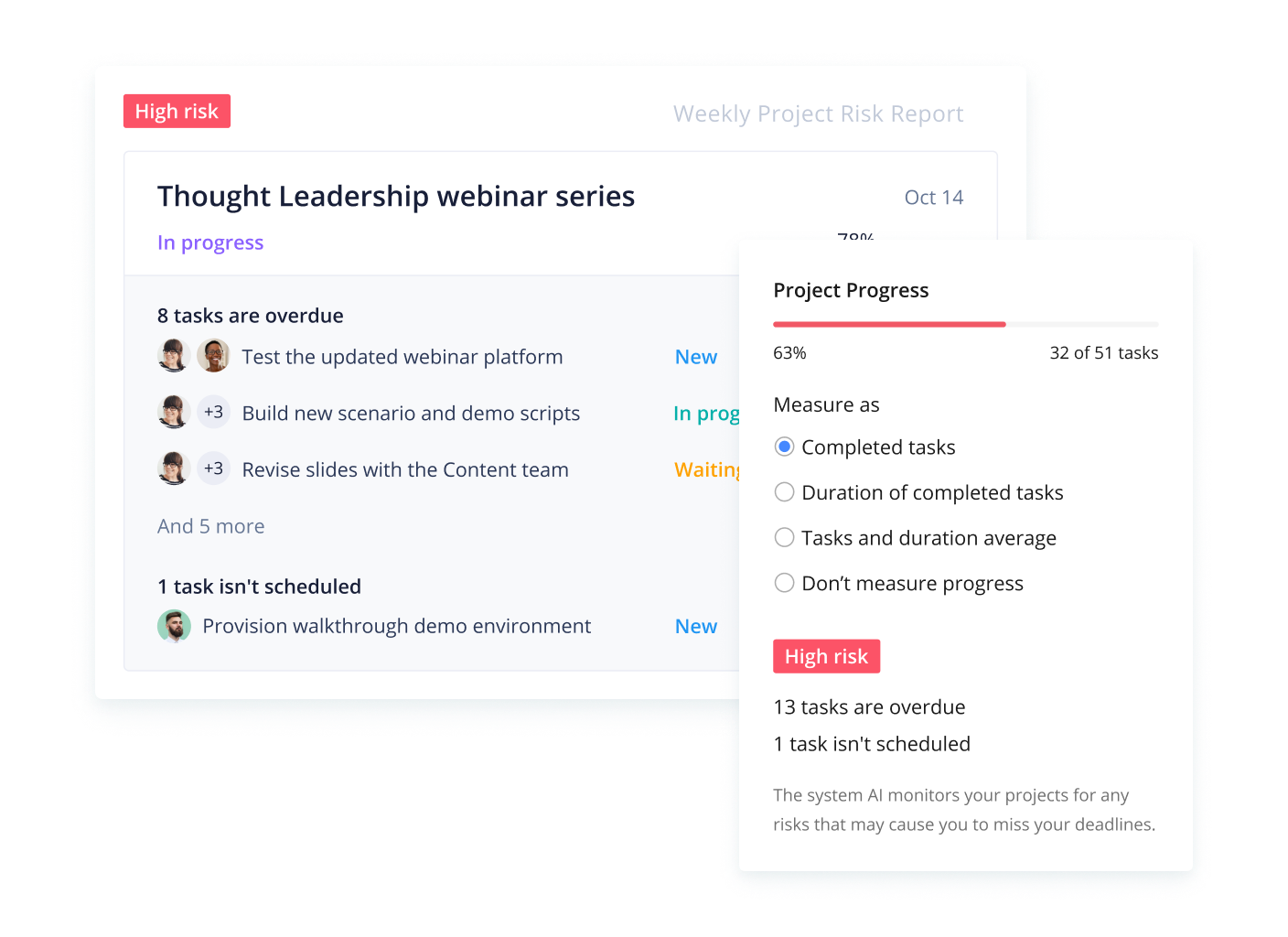
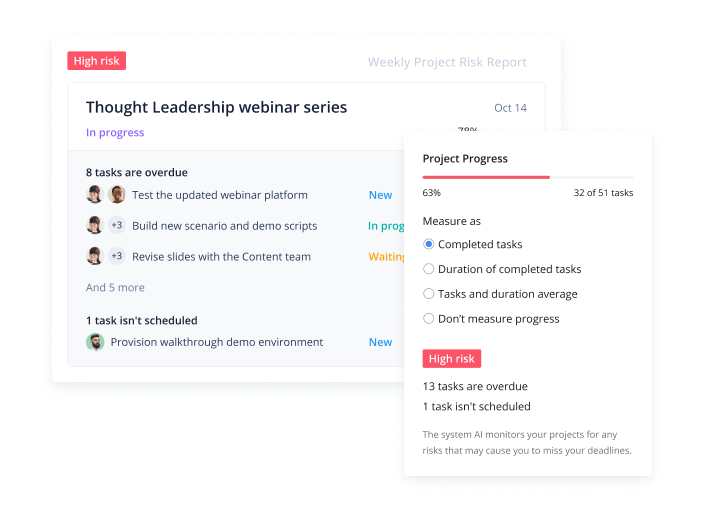
Resource constraint
Projects depend on available resources, such as people, tools, technology, and materials. The resource constraint encourages project managers to allocate and manage these resources efficiently to achieve project goals. Limited resources can threaten the ability to deliver a project on time and within budget, so careful planning and prioritization are key to ensuring you don’t come up short.
How to balance project constraints
With so many constraints competing for your time, it can be hard to know what your priorities are. How do you strike a balance when handling multiple demands? Here are five ways to find the right equilibrium:
1. Set clear priorities
At the very start of your project, identify and rank your constraints based on what’s most critical for success. For example, if delivering on time is the top priority, other areas may need flexibility. Establishing these priorities from the get-go will help guide decisions as the project evolves.
2. Communicate with stakeholders
It’s a basic one, but communication really is key. Keep an open line of communication with everyone involved in the project, including clients, team members, and external partners. Clear and frequent updates keep everyone in the loop, so they understand the project’s changing needs and any shifts in constraints, helping to manage expectations and avoid surprises.
3. Use adaptive project planning
Embrace a flexible approach, like the Adaptive Project Framework (APF). This will allow for regular adjustments to constraints like scope, cost, and time — without derailing the entire project.
4. Create a contingency plan
Unexpected changes can strain any constraint, whether it’s a sudden price hike or a materials shortage. With a contingency plan in your back pocket, you can quickly pivot and address challenges without panic or delay.
5. Make use of technology
Use project management tools like Wrike to consistently monitor progress, track resources, and analyze risks in real time. Digital tools can uncover hidden insights that help optimize constraints, like potential bottlenecks.
Overcome constraints with Wrike
With the right tools and techniques, project managers can turn constraints into opportunities for creativity and collaboration. Wrike provides a comprehensive set of features and functionalities that can help project teams overcome constraints and deliver successful projects on time, within budget, and to the satisfaction of stakeholders.
With Wrike, you can:
- Plan and track timelines using Gantt charts to align all project phases with your constraints
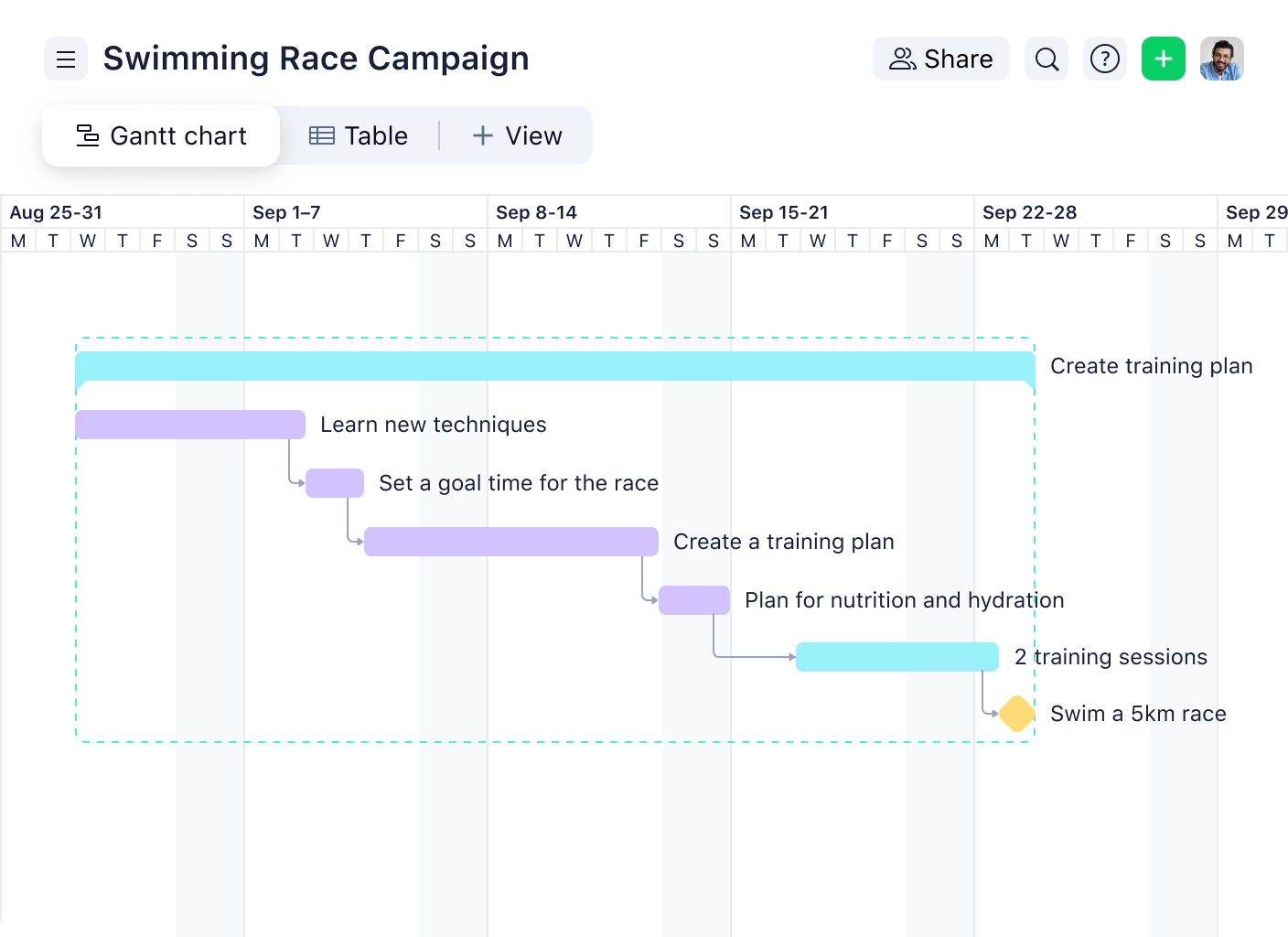
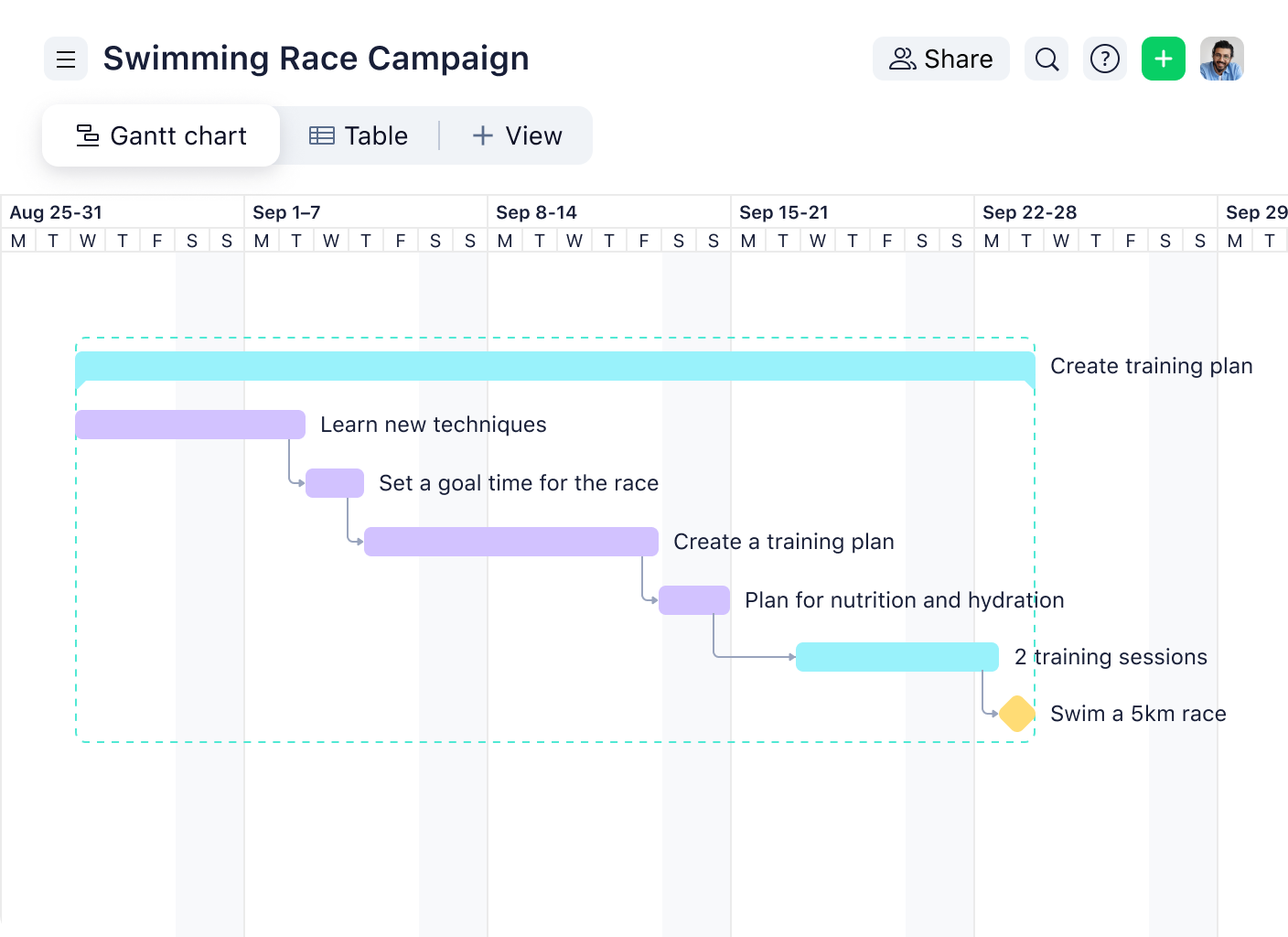
- Improve team communication with built-in collaboration tools
- Allocate and monitor resources efficiently without overloading team members
- Manage project risks by creating custom workflows that adapt to changing needs
- Gain real-time visibility into project progress through advanced reporting dashboards
- Manage incoming changes using request forms
Ready to turn constraints into catalysts for growth? Start your two-week trial with Wrike.


